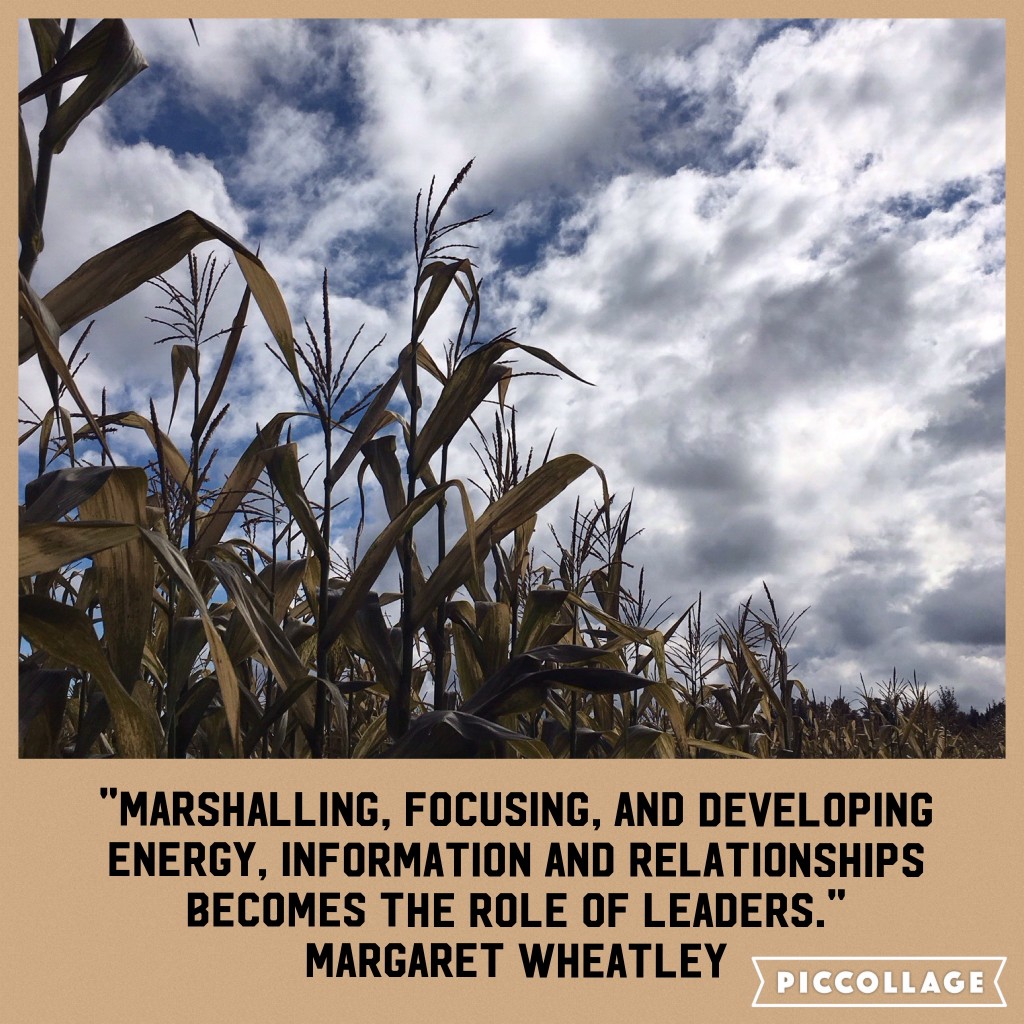Having the skills to purposefully engage the teaching staff in meaningful conversations is a critical skillset for making a school vision a reality. It requires balancing participation with partner and small group talk and, at times, whole group dialogue or discussion. I believe that making use of a structured process or strategy helps leaders to facilitate these kinds of successful conversations, ones that are focused and efficient.
With a request from the British Columbia Ministry of Education to develop local reporting policies based on ministry criteria, our district has a draft policy ready for input from our teachers. What follows are some suggestions for engaging teachers in a conversation on the draft of the new Communicating Student Learning policy. .
I made the choices for the engagement strategies with the intention to help support an open, positive exploration of the policy with balanced participation and an avoidance of a negative conversation that possibly involved only a few vocal people. You are in essence strategically marshalling positive energy on our new policy, while seeking their input.
Before showing the CSL Draft Policy and to prepare for the deeper conversation, I suggest the following:
1) Provide the context:
-Briefly describe the work we have done in portfolios and MyEd the last several years.
-Provide an explanation of where we are at in creating a new reporting policy, that will be going before the board, that we need teacher input and the parent perspective and that this is required by the ministry
2) Circle Map strategy: Share the What, Why and How of this strategy. Adaptive Schools always uses this format as a way to build ownership.
What? Circle Map Strategy
Why? We are using this strategy to prepare for a staff conversation we will have shortly about the new CSL policy.
We are considering and honouring our current context and the work we have already done in our district on CSL.
We are wanting to involve everyone in the room in the conversation to know and honour your thinking. How? Invite staff to divide into varied groups of four (primary & intermediate teachers, and hopefully a mix of those using portfolios and MyEd reports) You should have a circle map prepared on chart paper for each group (a smaller circle with a larger one around it.) Write “Communicating Student Learning”in the middle circle as the concept for discussion. Invite your staff to think about this question:
“As we move forward in developing our CSL policy,
what do we need to consider for our students and parents?”
or
“As we consider our CSL policy, what contextual considerations do we need to be aware of for our students and parents?”
or…some variation of the above.
Please note that the focus of the conversations is not on the teacher context necessarily; having the focus on students and parents helps promote an appreciative and visionary emphasis, that is, who does the CSL policy serve and what must we consider with that in mind?
Give staff about 10-15 minutes to generate and record ideas around the smaller circle
Ask teachers to look at the ideas listed and to look for themes or categories that hold the ideas that have been generated so far. In the four corners of the chart paper, the themes can be listed. *You could choose to ask groups to swap papers with other groups to sort the themes.
The hope is that most of what is generated will be found in or align with the policy. By using this strategy you will be helping them to make links with their own thinking and the policy. But before showing the policy, give a few minutes to do a walkabout to look at other circle map ideas generated. Again, you will be able to help others make links in their thinking and the thinking of their colleagues.
3) Engaging with the policy.
Provide copies of the policy.
Invite teachers to find a partner and to sit somewhere together. You may want to suggest a way to mix up the partners.
Give them time to read through the policy and highlight/underline questions, and connections to their previous thinking.
After they are done, ask them to share their highlighted portions with their partner. They should then write their questions and connections on a sticky note.
You could collect the sticky notes, organize them into themes and bring the questions to the next meeting or have the large group gather and share out common questions. Choose based on your culture; you want to end on a positive note.
“Adaptive Schools strategies provide structures for conversations that might otherwise meander and be less productive. Effective strategies provide three functions: focus, efficiency and psychological safety…..getting agreement, in a brief time, and without acrimony.” Bob Garmston

Leave a Reply